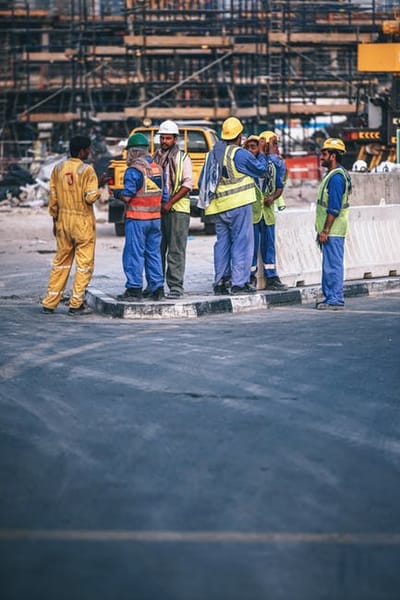Basics of Guardrail Safety

Created by the International Code Council (ICC), the International Building Code (IBC) provides all the fundamental safety guidelines for builders, contractors, and construction workers. In the US, OSHA also plays a crucial part when it comes to safety.
Standards set by both organizations are now applied in every state and by the federal government each time a new building is constructed or an existing structure is being remodeled or renovated. The main objective of the standardized code is to make sure that all occupants and visitors are safe.
Among the first things that should be known regarding guardrails is where they are needed in a building. This equipment is installed mainly to prevent falls or unauthorized access to specific areas in the premises. Learn the most important information about bluewater fall protection systems for roofs.
In general, guardrails must be installed around platforms, landings, steps and roof areas that are accessible. Specifically, guardrails must be set up when the difference between two upper and lower surfaces is at least 30 inches.
Guardrail requirements by are rather tough. In both construction industry and the general industry categories, the employer must provide some type of fall protection for employees.
For work areas at least 6 feet and higher than the lower level, there should be a guardrail (or any other form of fall protection). Moreover, if a working surface is lower than ground level, where the difference is greater than 6 feet, a suitable railing system should be installed. All of your question about bluewater safety rails will be answered when you follow the link.
Putting guardrails in buildings for workers and guests will help the employer comply with both the ICCand OSHA standards. However, having guardrails is not enough. It is a must that they are If your guardrails are installed correctly, or it will be extremely difficult - if at all possible - meeting other detailed standards.
Also, faulty installation can expose building occupants to even more risks. The employer may also end up paying a significant amount over time in fines and pricier insurance policies. Should a disaster occur and the lack of oversight causes injury to any person, the building owner may be held liable for a considerable amount of cash from lawsuits and medical costs. Read more to our most important info about this site, click the link https://www.huffingtonpost.com/sam-cohen/5-tips-for-finding-the-ri_b_12534268.html.
The fall protection and guardrail requirements and standards set by OHSA and the ICC guide builders, contractors and construction workers in ensuring maximum building safety. Thanks to these guidelines, businesses will have greater control over the safety, making them all the more poised for real success.
